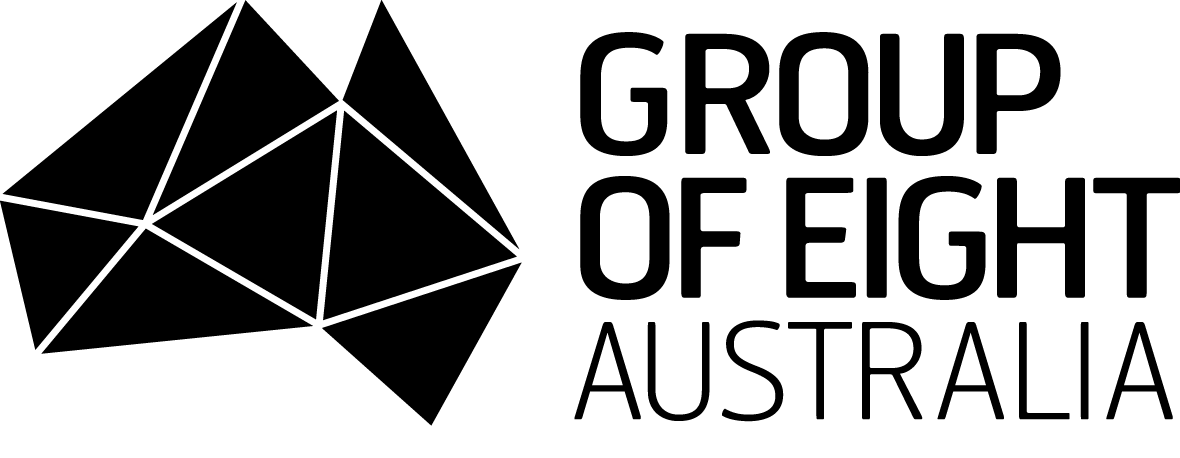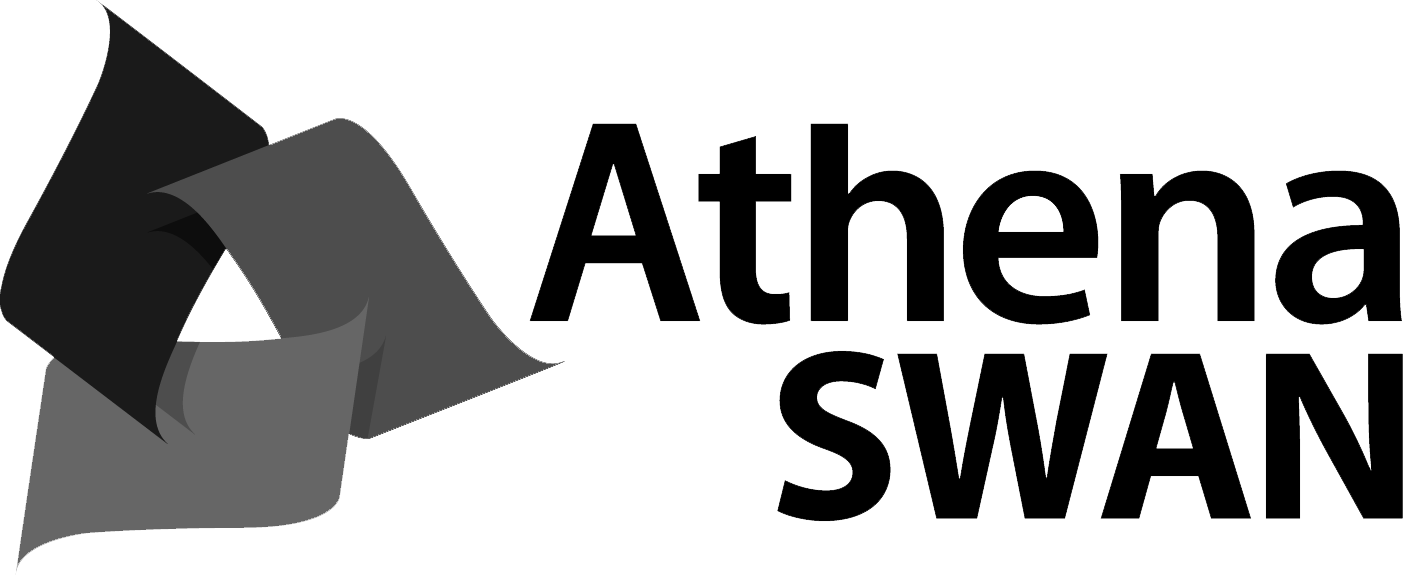The Digital Architecture Research Studio explores the application of digital technologies in architectural design and fabrication, and explores their potential to reinvigorate architectural discourse, develop new forms of architectural expression and make significant contributions to improving productivity and sustainability in the built environment. The studio will prompt students to develop critical positions in response to a studio brief selected from one or more options that probe the possibilities of digital design and fabrication and extend and explore those positions through a research-based architectural design process. MARC4001 Urban Architecture Research Studio, MARC4002 Sustainable Architecture Research Studio and MARC4003 Digital Architecture Research Studio are all available in both Semesters 1 and 2. Students may enrol or pre-enrol freely, but some will be asked to swap to create equal groups. After three semesters each student will have done each of the studios. The studios examine the relationships between architecture and urbanism; architecture and sustainability; and architecture and digital design. Each is based around one or more design projects which address a specialised area of study, supported by lectures and seminars which introduce the relevant theory, knowledge and design precedents. Studios require the investigation of key technical issues and systems, and their innovative integration in the design, with the preparation of appropriate documentation. On the successful completion of these units, students will have demonstrated: an ability to formulate, interpret and communicate appropriate concepts derived from the study of brief and site; an ability to extend those starting points into a working design proposal; an ability to develop the design proposal in response to critique, and produce a building design which demonstrably embodies understanding of the principles associated with the specialised study area; an ability to communicate the design ideas effectively through appropriate graphic and three-dimensional means using architectural conventions; and an ability to cohesively design and execute a comprehensive presentation of the project. These units are core to the Master of Architecture.
Unit details and rules
| Unit code | MARC4003 |
|---|---|
| Academic unit | Architecture |
| Credit points | 12 |
|
Prohibitions
?
|
None |
| Prerequisites
?
|
None |
| Corequisites
?
|
None |
| Assumed knowledge
?
|
None |
| Available to study abroad and exchange students | Yes |
Teaching staff
| Coordinator | Rizal Muslimin, rizal.muslimin@sydney.edu.au |
|---|---|
| Tutor(s) | Zie Liu, zie.liu@sydney.edu.au |





